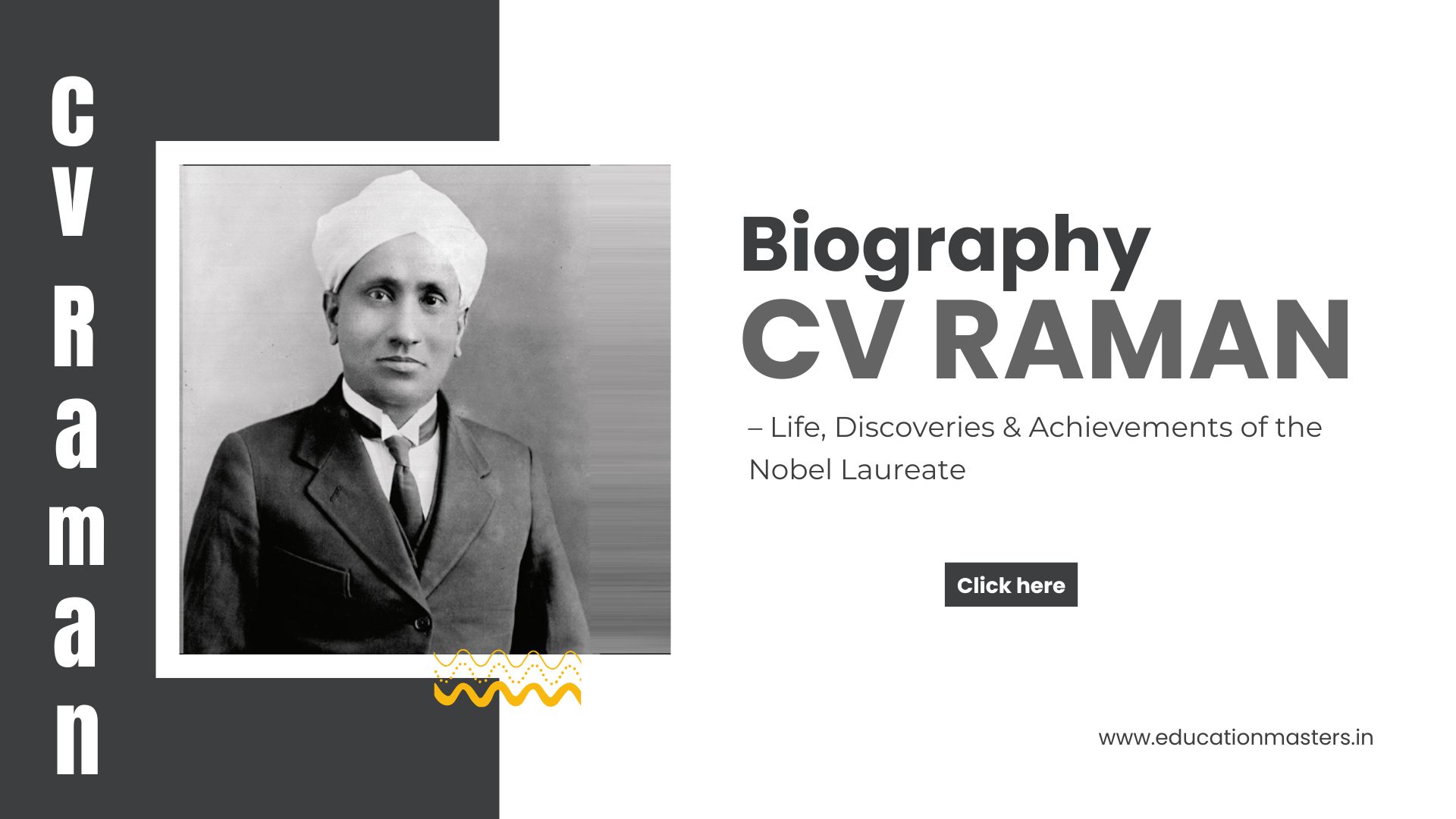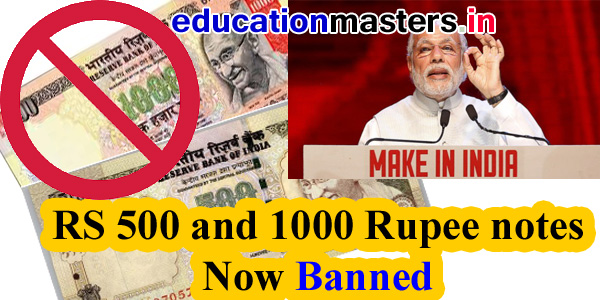CV Raman – Life, Discoveries & Achievements of the Nobel Laureate
By Aditi rawat | Article | Jun 09, 2025

Chandrasekhara Venkata Raman was one of India's greatest physicists and the first Asian to receive the Nobel Prize in any branch of science. His discovery of the Raman Effect in 1928 opened new frontiers in the field of light scattering and molecular physics. His pioneering work brought global recognition to Indian scientific research.
1. Infobox
|
Field |
Details |
|
Name |
C.V. Raman |
|
Image |
|
|
Caption |
C.V. Raman in 1956 |
|
Birth Name |
Chandrasekhara Venkata Raman |
|
Birth Date |
7 November 1888 |
|
Birth Place |
Tiruchirapalli, Madras Presidency, British India |
|
Death Date |
21 November 1970 |
|
Death Place |
Bangalore, Karnataka, India |
|
Resting Place |
Raman Research Institute, Bangalore |
|
Nationality |
Indian |
|
Citizenship |
British Indian, later Indian |
|
Other Names |
C.V. Raman |
|
Education |
B.A. and M.A. in Physics |
|
Alma Mater |
Presidency College, University of Madras |
|
Occupation |
Physicist, Professor |
|
Years Active |
1907–1970 |
|
Known For |
Raman Effect |
|
Notable Works |
Scattering of light, Molecular diffraction of light |
|
Spouse(s) |
Lokasundari Ammal |
|
Children |
Radhakrishnan Raman (astronomer) |
|
Parents |
Chandrasekar Iyer (father), Parvathi Ammal (mother) |
|
Relatives |
Subrahmanyan Chandrasekhar (nephew, Nobel Laureate) |
|
Website |
2. Early Life and Education
C.V. Raman was born on 7 November 1888 in Tiruchirapalli, then part of the Madras Presidency. His father, Chandrasekar Iyer, was a lecturer in mathematics and physics, which influenced Raman from a young age.
Raman showed extraordinary academic brilliance. He passed his matriculation at age 11 and completed his Bachelor’s degree in Physics by age 16 from Presidency College, Madras. He later completed his Master’s with top honors in 1907. Despite poor infrastructure for science in India at the time, Raman's interest in physics remained unshaken.
3. Career
Raman joined the Indian Finance Services as an Assistant Accountant General but continued his scientific research part-time. In 1917, he accepted the Palit Chair of Physics at the University of Calcutta, which allowed him to work full-time in research.
His most significant contribution came in 1928, when he discovered that light changes its wavelength when it passes through a transparent material—a phenomenon now known as the Raman Effect. This led him to win the Nobel Prize in Physics in 1930, making him the first Asian to receive a Nobel Prize in science.
Later, Raman became the Director of the Indian Institute of Science (IISc), Bangalore, and founded the Raman Research Institute in 1948.
4. Personal Life
C.V. Raman married Lokasundari Ammal, and the couple had two sons, one of whom, Radhakrishnan Raman, became a noted astronomer.

Raman had a deep love for music, nature, and optics. He believed in simplicity and discipline. He was also a strong advocate for independent Indian scientific institutions and often worked to uplift Indian students in research.

5. Death and Legacy
C.V. Raman passed away on 21 November 1970 in Bangalore after a brief illness. He was buried in the premises of the Raman Research Institute, as per his wishes.
His legacy includes not only the Raman Effect but also the growth of scientific infrastructure in post-independence India. His birthday, 7 November, is celebrated as National Science Day in India.
6. Awards and Honors
-
Nobel Prize in Physics (1930)
-
Knight Bachelor by British Government (1929)
-
Bharat Ratna (1954) – India's highest civilian award
-
Lenin Peace Prize (1957)
-
Fellow of the Royal Society (1924)
-
Hughes Medal (1930)
7. Bibliography
-
Molecular Diffraction of Light (1922)
-
Acoustics and the Theory of the Veena (1941)
-
Numerous research papers in Indian Journal of Physics and Nature.
8. References
-
Nobel Prize Official Website: nobelprize.org
-
Raman Research Institute: rri.res.in
-
"C.V. Raman: A Biography" by Uma Parameswaran
-
Government of India, National Science Day Portal
9. External Links
सरकारी नौकरियों, जीके अपडेट्स और करेंट अफेयर्स की ताज़ा जानकारी सबसे पहले पाने के लिए:
-
हमारे WhatsApp चैनल को फॉलो करें:
https://whatsapp.com/channel/0029Vb6sjZz0wajwDXcd5B0U -
हमारे Telegram चैनल को फॉलो करें:
https://t.me/educationmastersin -
हमारे Facebook Page को फॉलो करें:
https://www.facebook.com/educationmastersindia






.jpg)
.png)
.jpg)
.jpg)
.jpg)
